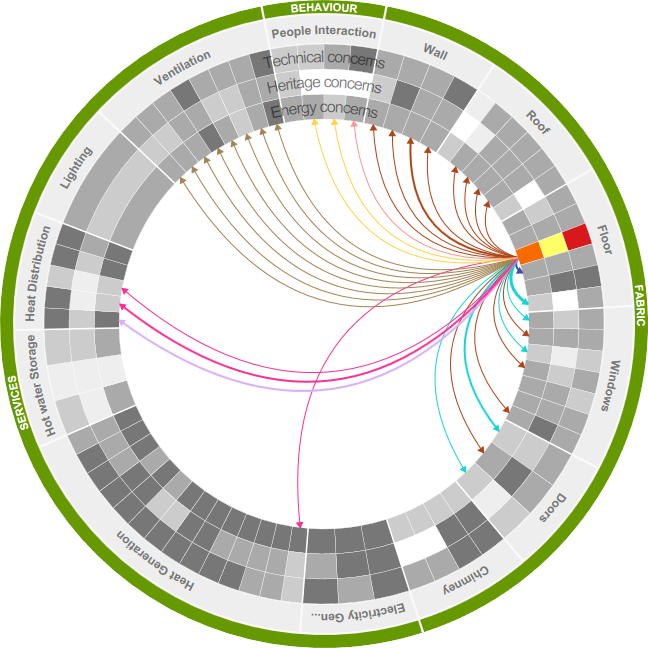Reference: Moisture and Bio-deterioration Risk of Building Materials and Structures (2010) Viitanen, H., Vinha, J., Salminen, K., Ojanen, T., Peuhkuri, R., Paajanen, L. and Lahdesmaki, K.
Original document location: Click here
Abstract or summary
There are several biological processes causing aging and damage to buildings. This is partly due to natural aging of materials and excessive moisture. The demands on durability, energy balance, and health of houses are continually rising. For mold development, the minimu(critical) ambient humidity requirement is shown to be between RH 80% and 95%depending on other factors like ambient temperature, exposure time, and the type and surface conditions of building materials. For decay development, the critical humidity is above RH 95%. Mold typically affects the quality of the adjacent air space with volatile compounds and spores. The next stage of moisture induced damage, the decay development, forms a serious risk for structural strength depending on moisture content, materials, temperature, and time. The worst decay damage cases in North Europe are found in the floors and lower parts of walls, where water accumulates due to different reasons. Modeling of mold growth and decay development based on humidity, temperature, exposure time, and material will give new tools for the evaluation of durability of different building materials and structures. The models make it possible to evaluate the risk and development of mold growth and to analyze the critical conditions needed for the start of biological growth. The model is also a tool to simulate the progress of mold and decay development under different conditions on the structure surfaces. This requires that the moisture capacity and moisture transport properties in the material and at the surface layer be taken into account in the simulations. In practice there are even more parameters affecting mold growth, e.g., thickness of the material layers combined with the local surface heat and mass transfer coefficients. Therefore, the outcome of the simulations and in situ observations of biological deterioration may not agree. In the present article, results on mold growth in different materials and wall assemblies will be shown and existing models on the risk of mold growth development will be evaluated. One of the results of a newly finished large Finnish research project ‘modeling of mold growth’ is an improved and extended mathematical model for mold growth. This model and more detailed research results will be published in other papers.

